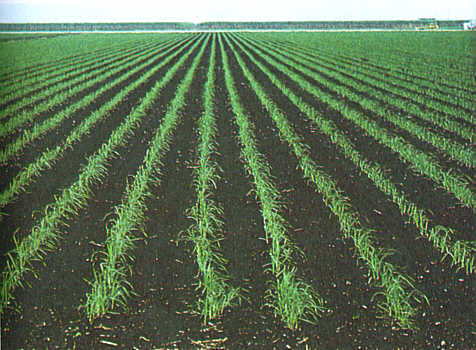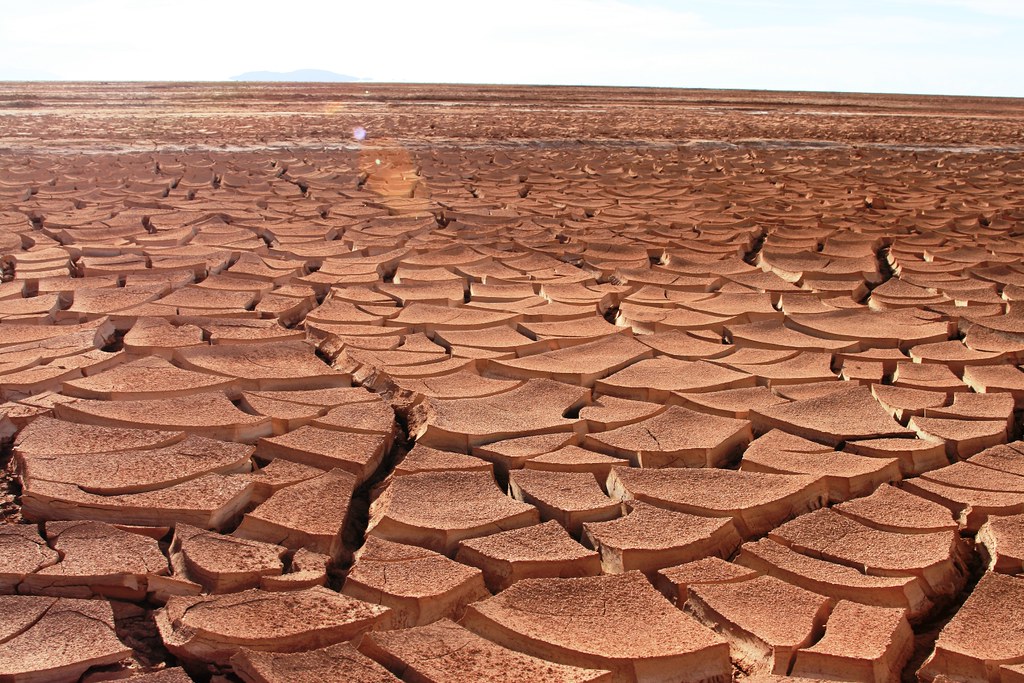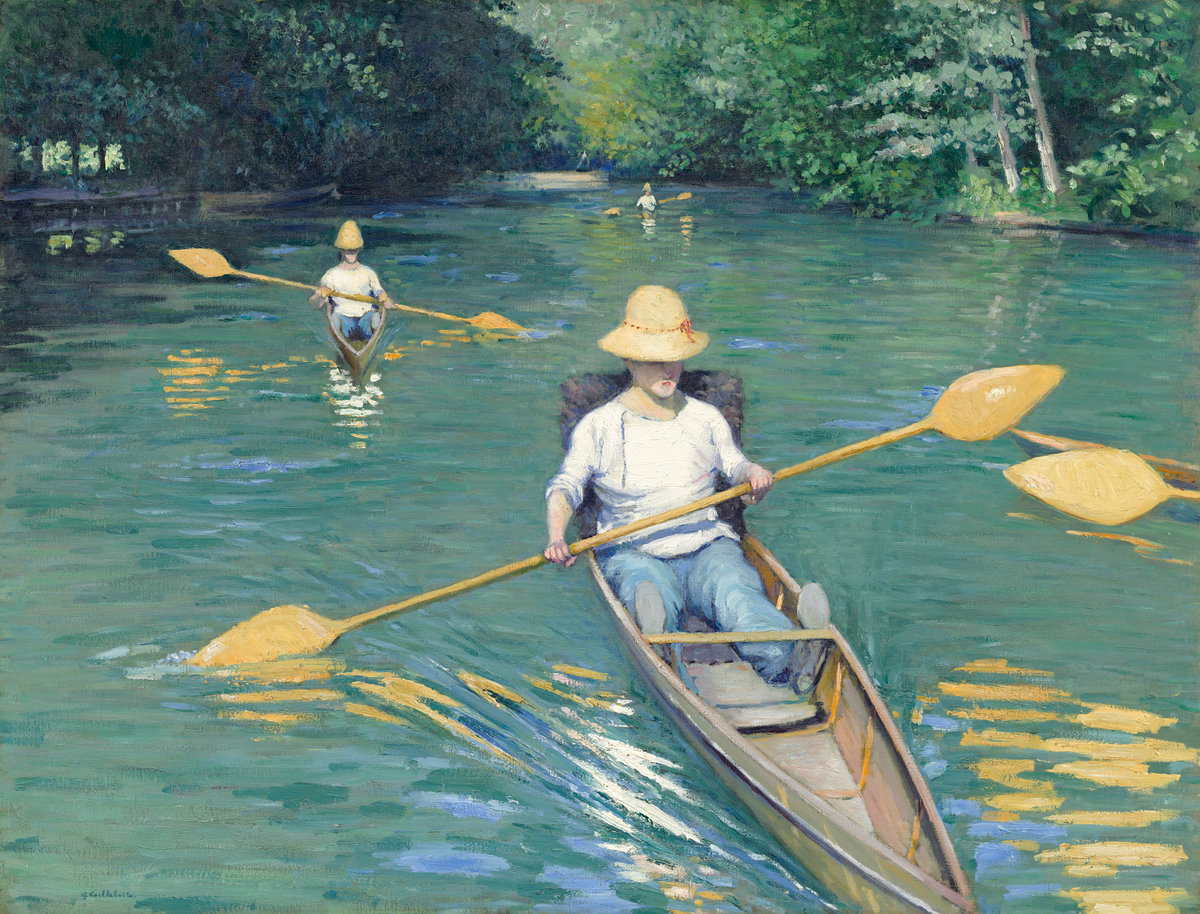Tuesday, November 3, 2015
Reversible Figure
Optical illusion images which exploit graphical similarities and other properties of visual system interpretation between two or more distinct image forms
Phi-Phenomenon
An illusion of movement created when two or more adjacent lights blink on and off in a quick succession
We perceive that the lights on this "Used Cars" sign are moving down the arrow, when in reality, the lights are simply blinking in a rapid succession.
Perception of Movement (stroboscopic motion)
An object is percieved as moving when there are simply a series a stationary images presented
In this video, the girl appears to have been recorded jumping. But as we slow it down, we realize that the "movement" is simply a series of continuous pictures that our minds perceive as this movement.
Monday, November 2, 2015
Convergence
Binocular Cue: Convergence
In order to perceive depth properly, your eyes must move slightly inward or converge. In so doing, people are able to determine if objects are close to them or far away.
The cat's eyes converged in order to see the bee on its nose.
Retinal Disparity
Binocular Cue: Retinal Disparity
Because our eyes are about 2.5 inches apart, our retinas receive slightly different images of the world. When the brain compares the two images, the difference between them (retinal disparity) provides an important cue to the relative distance of different objects.
If you close one eye and look at the same spot/image, the location of the object will shift slightly. That's because our brain merges both images received by the retinas, but take one away and the image shifts.
Linear Perspective
Monocular Cue: Linear Perspective
Parallel lines appear to converge with distance. The more the lines converge, the greater their perceived distance.
The way the lines of the crops converge at the end, allow us to perceive that the distance/amount of crops is a large number.
These pieces of wood appear to converge at the end. This tricks our minds into thinking that these pieces of wood are super long.
Texture Gradient
Monocular Cue: Texture Gradient
A gradual change from coarse, distinct texture to a fine, indistinct texture signals increasing distance. Objects appear smaller and more densely packed.
Up close, one can clearly see the cracks in the ground and the distinct texture of the ground itself. As the visual field moves back, the texture isn't nearly as defined as it was before.
Up close we can clearly see the grapes and berries but looking further out it becomes a blur of purple and blue.
Interpostion
Monocular Cue: Interposition
If one object partially blocks our view of another, we perceive it as closer.
Because the dominos all block the one behind it, it creates the allusion of the line extending back. Each domino appears closer than the preceding one.
The blue circle is perceived as closer since it overlaps and blocks part of the red circle.
Relative Clarity
Monocular Cue: Relative Clarity
Because light from distant objects passes through more atmosphere, we perceive hazy objects as farther away than sharp, clear objects.
Although the clear flower looks much closer than the blurry background, the clear flower is merely inches away from the rest of the flowers that are out of focus.
The boy appears farther away since he is blurred into the background, when really he's just on the other side of the fence.
Relative Height
Monocular Cue: Relative Height:
We perceive objects higher in our field of vision as farther away which creates the illusion that taller objects are longer than shorter objects.

The taller buildings, in this silhouette of New York City, appear to be farther back in the skyline even though you can't actually see their placing. This is because the taller buildings are higher in our field of vision and appear longer.

The one can appears closer to us because it is taller than the other one which gives it the appearance that it is longer.

Since the blue ball is higher up in our field of vision, it creates the illusion that it is farther away.

The one can appears closer to us because it is taller than the other one which gives it the appearance that it is longer.

Since the blue ball is higher up in our field of vision, it creates the illusion that it is farther away.
Relative Motion
Monocular Cues: Relative Motion
As we move, objects that are stationary appear to move. Objects closer than the fixation point appear to move backwards. The closer the object is to you, the faster it appears to move. Objects beyond the fixation point appear to move with you, the farther away those objects are, the faster they appear to move.

Because the trees and setting around it is blurred, the illusion that the train is still while the world around it moves. We know that the train is the moving object because of our knowledge of the world, even though it is the object that is clear (not the trees).
Motion Parallax:
When you are moving, you use the speed of passing objects to estimate the distance of the objects. Nearby objects seem to zip by faster than do distant objects.
A picture of a sign would zip right past us in the car whereas the moon is too far for us to pass so it remains semi-stationary in the sky allowing us to take a better picture.

When driving to the right the objects appear to move to the left. Also the objects in the foreground will appear to move almost three times as fast as the objects in the background.

When driving to the right the objects appear to move to the left. Also the objects in the foreground will appear to move almost three times as fast as the objects in the background.
Figure-Ground Perception
The organization of the visual field into objects (the figures) that stand out from their surroundings (the ground).
Relative Size
Monocular Cue: Relative Size
"Skiffs" by Gustave Caillebotte
Comparing the two people rowing the boat, the closer one is painted much larger than the other. Even the two paddles near each other in the middle right-hand side of the picture show the use of relative size. The paddle from the closer boat, which is off the painting, is painted larger that the paddle from the main boat that Caillebotte is depicting.

Two of the same cans, one is drastically smaller than other so we know that it is farther away based on the sizes.

The locations of one of the cacti and one of the vultures creates a smaller retina image creating the illusion of depth in a two dimension picture.

Two of the same cans, one is drastically smaller than other so we know that it is farther away based on the sizes.

The locations of one of the cacti and one of the vultures creates a smaller retina image creating the illusion of depth in a two dimension picture.
Proximity
Continuity
Closure
Similarity
Sunday, November 1, 2015
Visual Illusions
When the perception of an object does not line up with the reality of the object, an optical illusion will take place.
 |
| The boat appears to be floating in mid air, but we are able to perceive that there must be water underneath. |
 |
| There are two different images in one. There is a tree with a woman walking through the forrest and there is a mans face. |
 |
| Which way is the man looking? Initially you may see half of his face looking at you, but upon taking a closer look, his nose and eye brows seem to be facing the side. |
Shape Constancy
Brightness Constancy
Because we cannot see color in the dark we are able to perceive that the color of objects do not change when lighting changes.
Size Constancy
Despite the fact that objects closer to our eyes appear larger than if they were further away, our perception of the object is relatively constant.
Subscribe to:
Posts (Atom)






















